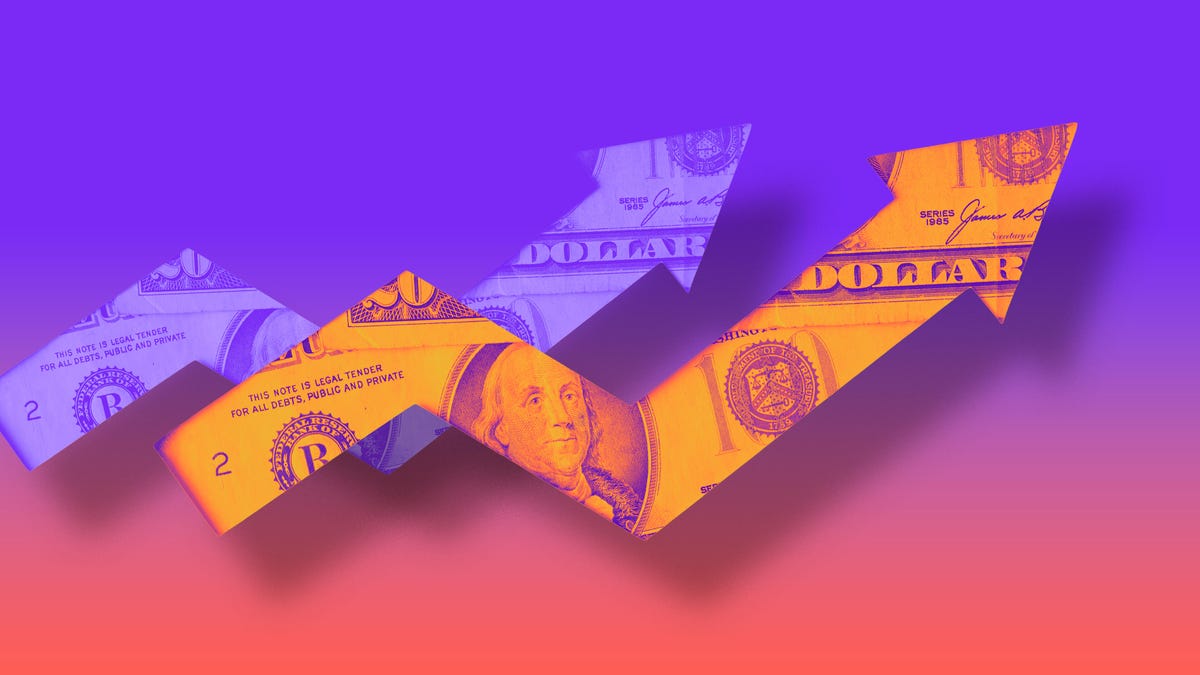'Subscription Creep' Costs US Consumers More Than $1,000 Each Year, CNET Survey Finds
Two-thirds of respondents said at least one of their subscriptions had increased in price within the last year.

US adults spend an average of $91 on subscription services each month, and nearly half have signed up for a free trial of a paid subscription and then forgotten to cancel it, an exclusive CNET survey found.
The survey asked consumers about the different types of services they pay a subscription for, how they manage subscription expenses, price hike communications and preferred payment methods. The most common amenities consumers reported paying for were streaming services, e-commerce memberships like Amazon Prime and music subscriptions. In recent years, "subscription creep" has led to consumers paying monthly or annual memberships for more services, as well as the cost of those services sometimes abruptly increasing on short notice.
A total of 48% of respondents said they had signed up for a free trial of a paid subscription and then forgotten to cancel it. Some said this had happened multiple times per year. Millennials and Gen Z adults were the most forgetful, with 65% and 59% of respondents, respectively, saying they had forgotten to cancel a trial at least once.
It's not all doom and gloom, though. Nearly three in five consumers said they proactively manage their subscription costs. The top strategies were to keep an eye out for deals or cheaper alternatives (31%), start and stop subscriptions as needed (24%) and subscription bundling (17%).
Canceling subscriptions you don't actually use shouldn't feel like a chore. CNET's past guides on the best internet and TV bundles and how to stream on a budget can help you tighten things up.
Subscription creep eats into consumers' budgets
Inflation has led to price hikes across many sectors over the last few years, whether a company's operating costs have actually increased or not. Some consumers have reported experiencing "subscription creep," in which companies increase the price of existing services, sometimes in tandem with rollouts of new or expanded features. Our survey found that 67% of respondents saw one or more of their subscription services increase prices in the past year.
Some subscription creep is normal as money inherently inflates. For example, Amazon Prime debuted at a $79 annual price point in 2005, then moved to $99 in 2014, $119 in 2018 and $139 in 2022. But in that same time frame, the US dollar inflated by about 50%, according to inflation calculators pegged to the Bureau of Labor Statistics' consumer price index, so this checks out. Still, subscription creep can catch consumers by surprise, particularly if your budget is tight – small increases here and there can add up.
CNET's survey also found that:
- More than one in 10 (12%) of respondents claim their subscriptions are outside of their budget, but they pay for them anyway.
- Millennials are the generation with the highest monthly subscription expenses, at $119 per month.
- Nearly one in four respondents (24%) say they think they're overpaying for subscriptions.
- One in four respondents (25%) have had to cancel one or more subscriptions because prices increased and they could no longer afford them.
How to manage subscription costs
A budgeting app or online service that actively monitors subscription costs can help you keep subscription creep in check. Earlier this year, CNET Money's editors selected Rocket Money as a 2024 Editors' Choice pick. When the popular budgeting app Mint shut down last month after 16 years of operation, CNET banking editor Kelly Ernst tested several alternatives and found Rocket Money to be one of the best options for budgeting because features like bill increase tracking and bill negotiation features are available to enroll in. Some of those features require, well, a paid subscription, but the charge for the negotiation service is taken from the savings earned, which isn't so bad.
Also ask yourself if you'll still need all your streaming subscriptions as summer draws near. Paring down your options might be the nudge you need to spend more of your leisure time outside. There's always the rotation method, survey respondents' second-most-popular cost management strategy, in which you cancel services when you're not using them and sign back up at a later date.
It's a great time of year for spring cleaning, not only with your living space but also your wallet. Taking an hour or two to shore up your subscription dues each month will help you save money, which is time well spent.
Methodology: CNET commissioned YouGov Plc to conduct the survey. All figures, unless otherwise stated, are from YouGov Plc. All figures, unless otherwise stated, are from YouGov Plc. Total sample size was 2,343 US adults, of whom 1,929 are currently paying or have paid for a subscription in the past year. Fieldwork was undertaken between 19th - 21st March 2024. The survey was carried out online. The figures have been weighted and are representative of all US adults (aged 18+).

